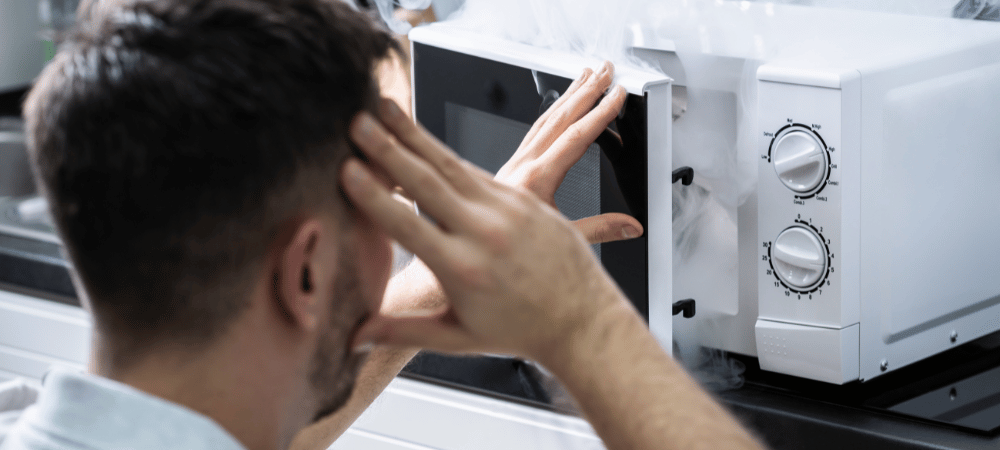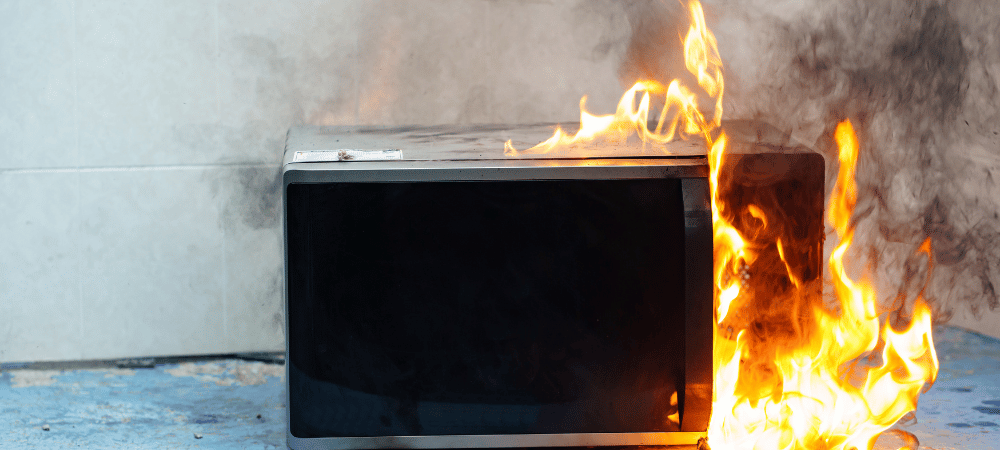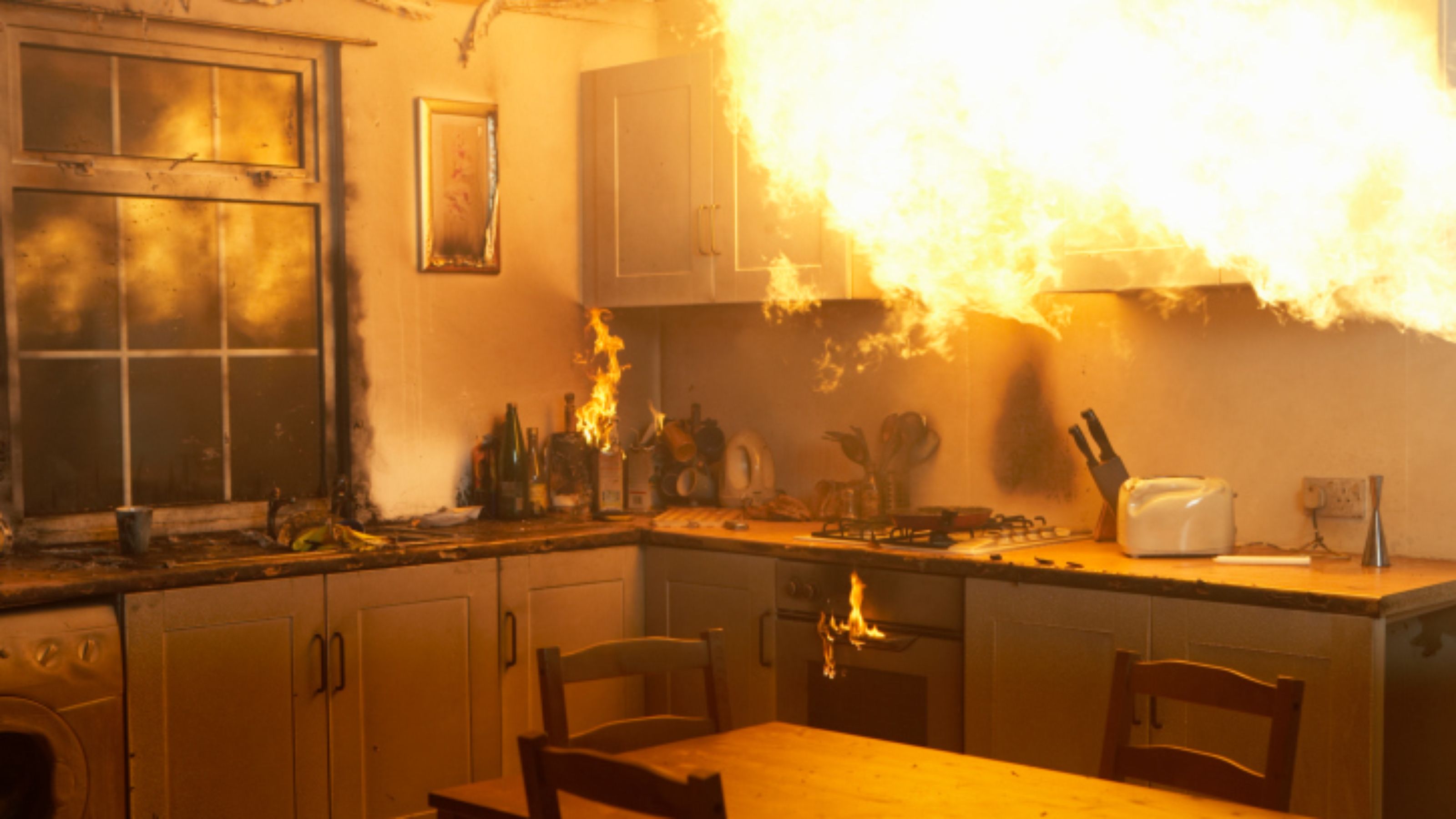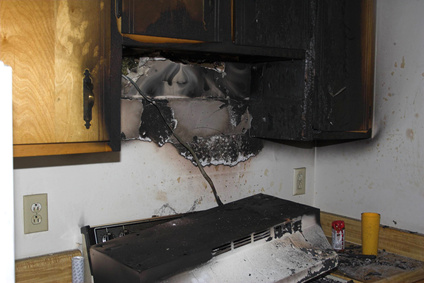Protecting Your Home: Microwave Fire Prevention Tips
Summary:
Microwave fires are a serious safety hazard that can be easily avoided with proper usage. In this article, we will discuss the common causes of microwave fires and provide essential tips to prevent such accidents. By following simple guidelines and taking necessary precautions, you can ensure the safe and efficient use of your microwave oven, eliminating the risk of potential fire hazards.

Every day, millions rely on the humble microwave, yet few are versed in the fiery risks it harbors. Understanding your microwave goes beyond simple convenience; it’s about ensuring safety in the heart of your home. This article is your guide to avoiding one of the kitchen’s most underestimated dangers: microwave fires.
Neglect in the kitchen is a recipe for disaster, particularly with appliances we take for granted. Before popping in that quick meal, stop: is your microwave a silent hazard waiting to erupt? Here, you’ll discover the steps to ensure your appliance doesn’t become a fiery foe.
Awareness and preventionPrevention refers to actions taken to reduce the likelihood ... More walk hand in hand when using microwaves safely. This piece offers practical tips on selecting the right materials, using your microwave correctly, and knowing what to do if the unthinkable happens.
Understanding the microwave and its potential hazards
Microwave ovens are a staple in modern kitchens, providing a convenient way to heat food quickly. However, despite their widespread use, microwaves come with inherent risks, primarily the danger of microwave fires. Understanding how these appliances operate and the potential hazards is crucial for safe usage.
The importance of proper microwave use
Important safety tips include avoiding metal objects and using only microwave-safe materials. For instance, a paper towel may be used in some cases, but only if it is specified as microwave-safe, as some can catch fire if they become too hot or have metallic flecks. Similarly, plastic wraps, yogurt cups, or plastic storage containers should be labeled as microwave-safe before being used.
It is also essential to monitor the cook time and set a minimum time necessary to warm up the food without overheating it. Microwave fires often occur from incorrect settings, like setting the timer for too long, which can result in overcooked food that could ignite.
The annual average of incidents where a microwave catches fire can be reduced significantly by simple presence and observation. Leaving a microwave unattended while microwaving high-heat foods like popcorn can pose a fire hazard.
Oven mitts can provide a safeguard against burns when removing hot items from the microwave. The oven cavity can remain extremely hot even after the microwave is turned off, so caution should be exercised to avoid contact burns.
Let’s move on to discuss common scenarios in which microwave fires can ignite and the specific causes behind such incidents.
How microwave fires can occur
One of the most frequent causes of microwave fires is the misentry of cook times, leading to the overheating of food. It’s a simple mistake but one with potentially dangerous consequences. Microwaveable meal packaging, particularly if not designed to withstand high temperatures or placed too close to the wave emitter, can also become a fire risk.
In addition to improper use, microwave fires can be initiated by mechanical issues such as power supply shorts, power surges, or failure of internal components like the microwave’s magnetron or transformer. Regular maintenanceMaintenance is the routine care, inspection, and repair of a... More, including inspecting the power cord and ensuring the microwave is clean and free from any food or grease build-up, can help mitigateTo mitigate is to reduce or limit the severity of damage, ri... More these risks.
While seeing sparks inside a microwave does not always signify a malfunction—since it can happen due to the concentration of energy in the oven cavity—it should still be taken seriously. If sparking is observed, it is vital to stop the microwave and inspect whether any non-approved materials are inside.
Even when a microwave does not have visible flames, it can still be a fire hazard if safety precautions are ignored. For example, using the wrong type of plastic container can leadLead is a heavy metal that can be toxic to humans, especiall... More to melting and ignition as the container doesn’t dissipate heat as effectively as microwave-approved containers.
Safety tips for using a microwave
- Read the manufacturer’s operating procedures: Before using your microwave, read the instructions provided by the manufacturer to understand its specific do’s and don’ts.
- Use approved materials: Only use items that are explicitly approved for microwave use. Using inappropriate materials can leadLead is a heavy metal that can be toxic to humans, especiall... More to arcing or ignition.
- Remove food from original packaging when defrosting: Packaging materials like foam trays and certain films can cause sparks or fires in the microwave. Always remove food from its original packaging before defrosting.
- Avoid using plastic storage containers, foam trays, and plastic wraps: These materials are not designed to withstand high microwave temperatures and can melt, potentially causing a fire. Only use microwave-safe containers.
- Don’t heat flammable or combustible liquids: Heating flammable liquids in the microwave can leadLead is a heavy metal that can be toxic to humans, especiall... More to fire or explosion. Avoid this risk and choose alternative heating methods.
- Use approved containers and utensils: Always use containers and utensils that are approved for microwave use. This ensures they are designed to withstand microwave temperatures safely.
By following these safety tips, you can reduce the risk of microwave fires and enjoy the convenience of your microwave oven without any worries.

What to do in case of a microwave fire
In the unfortunate event that your microwave catches fire, it’s essential to stay calm and act swiftly.
Disconnecting the power cord and stopping the microwave immediately
In case of a microwave fire, the quickest way to prevent the fire from continuing is to stop the appliance and cut off its power source. If a fire starts, resist the instinct to open the door; instead, immediately turn off the microwave at the switch or control panel. Proceed to unplug the power cord, ensuring that you do not put yourself at risk of an electric shock or burn. This halts the production of microwaves, reducing the energy available to the fire.
It’s also critical to ensure that the power cord itself is in good condition, as damaged cords may contribute to electrical fires. Pay attention to any signs of wear and tear on your microwave’s power cord and replace it promptly if it shows any damage. Regular inspectionInspection is the careful examination and assessment of a pr... More of the power cord helps to ensure safe operation and can prevent accidents from occurring.
Handling small fires and minute metal flecks in the oven cavity
Occasionally, recycled products containing minute metal flecks used in the microwave can leadLead is a heavy metal that can be toxic to humans, especiall... More to small fires due to the presence of these metal fragments. If you encounter a small fire caused by such items, it’s crucial not to open the door. Small fires often need limited oxygenOxygen is a chemical element essential for combustion and li... More to burn out on their own within the sealed oven cavity. Always avoid using recycled paper products or materials not specified as microwave-safe.
For ongoing maintenanceMaintenance is the routine care, inspection, and repair of a... More and to ensure that your microwave remains clean and free from any combustible residueResidue is any leftover material, such as soot, dust, or che... More, regularly clean the interior. Unplug the appliance first for safety, then wipe down the walls, roof, and floor of the oven cavity, paying special attention to the removal of any grease or food particles. This simple habit reduces fire risks significantly and prolongs the life of your microwave.
Proper maintenance and care for a microwave
To ensure the longevity and safe operation of your microwave, proper maintenanceMaintenance is the routine care, inspection, and repair of a... More and care are non-negotiable.
Regular cleaning of the microwave and removing any food residues
The importance of regular cleaning of your microwave cannot be overstated. This routine should extend to all parts of the appliance, including the oven cavity and outer edge, where debris and food particles can collect over time. By ensuring these areas are clean, you greatly reduce the potential for fires, as food residues can cause arcing and subsequent fire hazards.
When cleaning, always unplug the appliance first to ensure your safety. It’s advisable to avoid recycled paper towels and products since these could have minute metal flecks that might spark and create flames. Practicing these cleaning habits will not only contribute to a safer environment but will also help maintain the microwave’s efficiency and prolong its lifespan.
Inspecting the power cord and connections periodically
The microwave’s power cord and connections are lifelines for safe operation. Therefore, it’s crucial that you inspect the cord and plug regularly for signs of damage such as fraying, tears, or burns. This should become common practice, particularly after cleaning up post-fire or any significant heating incidentAn incident is an event or occurrence that causes damage, di... More within the microwave. If any damage is detected, the use of the microwave should cease immediately until the necessary repairs or replacements have been made. Occasional trial runs of the microwave, after a period of non-use or after a fire incidentAn incident is an event or occurrence that causes damage, di... More, will help to confirm the appliance’s functionality and the integrity of the power cord and connections.
Safety precautions when using recycled products in the microwave
A particular safety concern arises when using recycled products in the microwave. Recycled paper towels and similar products may contain minute metal flecks that are capable of sparking and igniting a fire when microwaved. It is therefore recommended to avoid the use of such items unless they are clearly labeled as safe for microwave use. For safety, it’s best to opt for products that are specifically designated for microwave cooking—such as microwave-safe plastic wraps and containers, or waxed paper that doesn’t contain metal specks. By taking this precaution, you minimize the risk of unexpected fires and ensure the safe operation of your microwave oven.
Professional Help for Kitchen Fires
In conclusion, it is important to prioritize safety when dealing with microwave fires. Remember to never leave food unattended in the microwave, avoid placing metal objects inside, and be cautious of packaging materials. If a fire does occur, it is crucial to turn off and unplug the microwave and contact the fire department if needed.
If the damage is extensive it is recommended to seek professional help for fire damage restoration. Contact a reputable company for fire damage for assistance in cleaning and repairing any fire damage in your home. Remember, safety comes first when dealing with microwave fires.












